Learn how increasing exercise in your daily routine helps lower blood pressure risk. Discover the relationship between regular exercise and blood pressure.
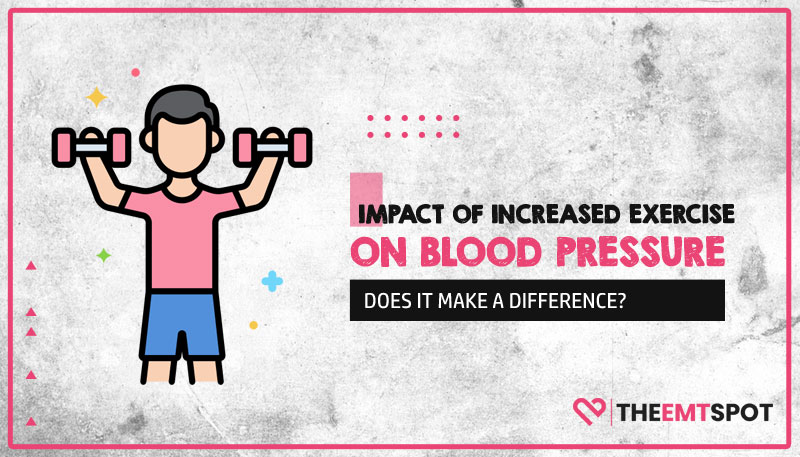
Quick Summary
- Increased activity in daily routine helps decrease blood pressure over a period of time.
- Blood pressure rate reflects changes in activity level over time.
- Constant exercise has been shown to decrease blood pressure within a period of one to three months.
- A stronger heart and blood vessels are vital for controlling blood pressure.
People who are not physically active or less active are at increased risk of developing high blood pressure. High blood pressure may lead to many other health issues like heart disease, stroke, kidney disease, eye damage, peripheral artery disease, cognitive impairment, etc.
Even while there are medications that can help manage high blood pressure, there is mounting data that suggests regular exercise can be a powerful strategy for lowering blood pressure and enhancing cardiovascular health.
In this post, we’ll look at how physical activity affects blood pressure, how much time it takes to lower blood pressure, different ways to lower blood pressure, and the right exercises for people trying to do so.
Contents
Does Increased Exercise Lower Blood Pressure?
Engaging in physical activity puts stress on your heart and blood vessels, making them more potent over time. The heart becomes more effective at pumping blood, leading to a decrease in blood pressure.
Regular exercising can help in decreasing inflammation in the body, which can also contribute to a decrease in high BP.
How Long Does It Take To See The Results?
Doing exercise regularly can lower your blood pressure and you may see results within one to three months. But you need to keep doing exercise regularly if you want to continue to benefit from it.
What Happens When You Exercise?
It is common for blood pressure to rise during and after exercise. It happens due to the increased demand for oxygen and nutrients by the muscles during exercise.
Systolic blood pressure can increase significantly during exercise, while diastolic blood pressure stays the same.
After exercising, blood pressure tends to return to its normal levels, but it may take longer for people with high blood pressure. It’s important to note that a faster return to normal blood pressure levels generally indicates better health outcomes.
To keep track of your blood pressure, you can keep a blood pressure monitoring device at home or go to a nearby healthcare centre.
How Does Blood Pressure Decrease After Regular Exercise?
The overall effect of exercise on blood pressure is multifactorial and involves various physiological mechanisms. One of the main mechanisms is vasodilation, which can help improve and reduce resistance to blood flow, leading to a decrease in blood pressure over time.
Exercise also stimulates the release of a molecule called nitric oxide, which helps to widen blood vessels and improve blood flow (vasodilation).
Furthermore, nitric oxide reduces inflammation in blood vessels, preventing the formation of clots which further reduces the risk of high blood pressure.
While the precise mechanism is not fully understood, exercise helps control blood pressure and improves heart health.
What Are The Other Ways To Lower Blood Pressure Risk?
Other than exercising, several lifestyle changes can help overcome the problem of high blood pressure.
- Maintaining a healthy weight
- A DASH diet
- Reduce sodium in your diet
- Avoid alcohol and smoking
- Reduce stress
- Proper sleep of at least 7 hours
- Taking natural blood pressure supplements
Does Exercising Help People With (Hypotension) Low Blood Pressure?
For people with low blood pressure, the type and intensity of exercise may need to be adjusted to prevent further drops in blood pressure.
It is generally recommended to start with low-impact exercises, such as walking or swimming, and gradually increase the duration and intensity of the exercise. It is crucial for people with low blood pressure to listen to their bodies and take breaks as needed during exercise.
They should stay hydrated and consider taking small, frequent meals throughout the day to help to regulate blood sugar levels.
It is essential for people with low blood pressure to consult with a healthcare provider before starting any exercise program. This can help develop a safe and appropriate exercise plan for their needs.
How Does Not Exercising Impact The Blood Pressure?
A sedentary lifestyle, including no regular exercise, can increase blood pressure as you age by impacting various body parts.
- Reduce blood vessel flexibility: Without regular exercise, blood vessels can become stiff and narrow, making it harder for blood to flow, thus increasing blood pressure.
- Weight gain: When you carry extra weight, the heart has to labour harder to pump blood through the body, which can raise blood pressure.
- Poor circulation: Healthy blood circulation is essential for maintaining normal blood pressure. Not exercising leads to less efficient circulation and may lead to excessive pressure on the blood vessels.
- Causes Stress: Exercise is a natural stress reliever; without it, the stress level can increase, leading to high blood pressure. Exercise is very important for people with chronic stress problems.
What Are The Best Exercises To Lower Blood Pressure?
Two and a half hours of moderate-intensity exercise or 75 minutes of high-intensity exercise per week is recommended. Initially, go for a smaller workout session of 10 minutes and slowly increase the duration.
But moderate-intensity exercises are the best for people with high blood pressure.
Some moderate-intensity exercises
- Brisk walking
- Climbing stairs
- Bicycling
- Swimming
- Dancing
- Active sports like badminton or basketball
It is always best to see your doctor before starting any new exercise routine and gradually increase the intensity of exercise over time.
Conclusion
In conclusion, regular exercise is crucial in reducing high blood pressure risk. Studies have shown that engaging in physical activity for a minimum of 30 minutes daily can significantly lower blood pressure levels.
Even modest increases in exercise can have a positive impact on your health. Incorporating exercise into your daily routines can improve your overall cardiovascular health.
However, it is essential to note that exercise should be coupled with other healthy lifestyle choices, such as a balanced diet and stress management, for optimal results. By making these changes, you can improve your quality of life by taking control of your health.

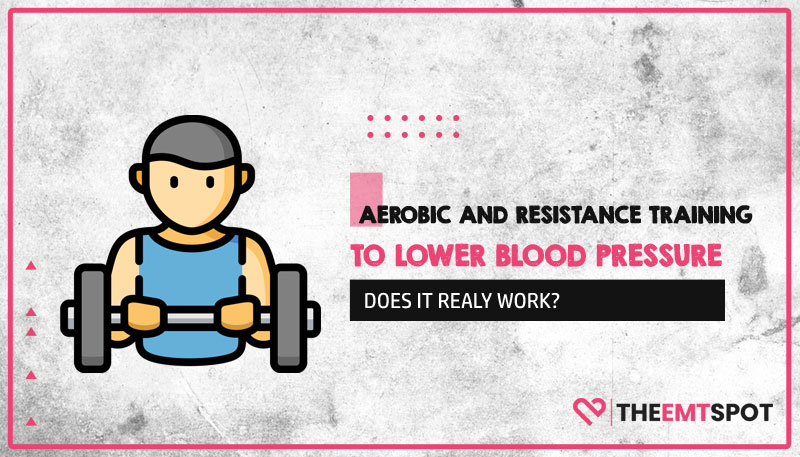
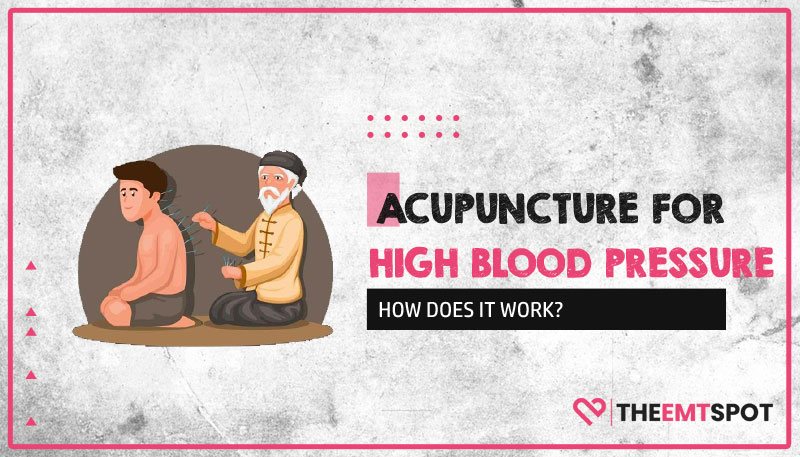
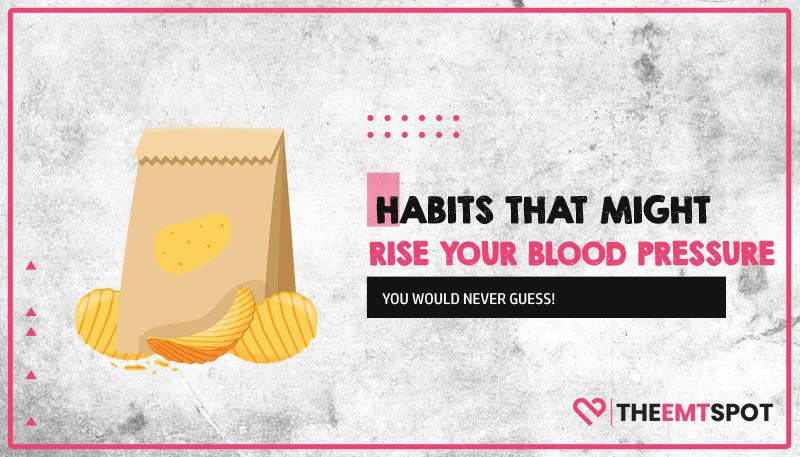
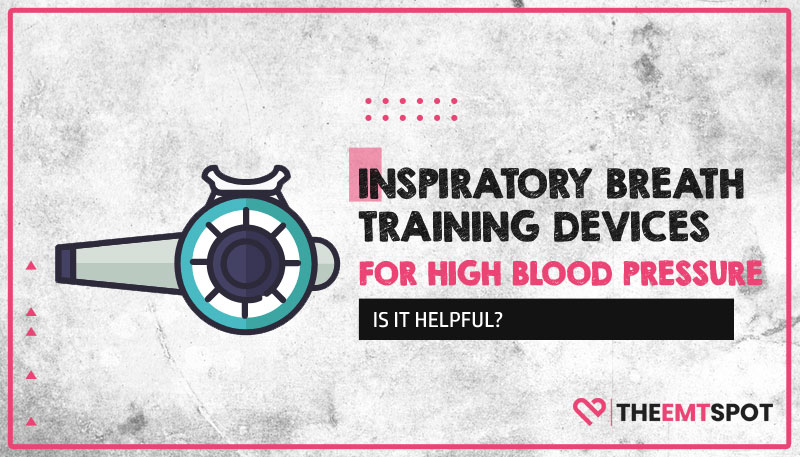
 Robin Backlund is a dedicated journalist and a medical student who has written several articles and essays exposing the falseness and hollowness of online resources in the medical science niche.
Robin Backlund is a dedicated journalist and a medical student who has written several articles and essays exposing the falseness and hollowness of online resources in the medical science niche.